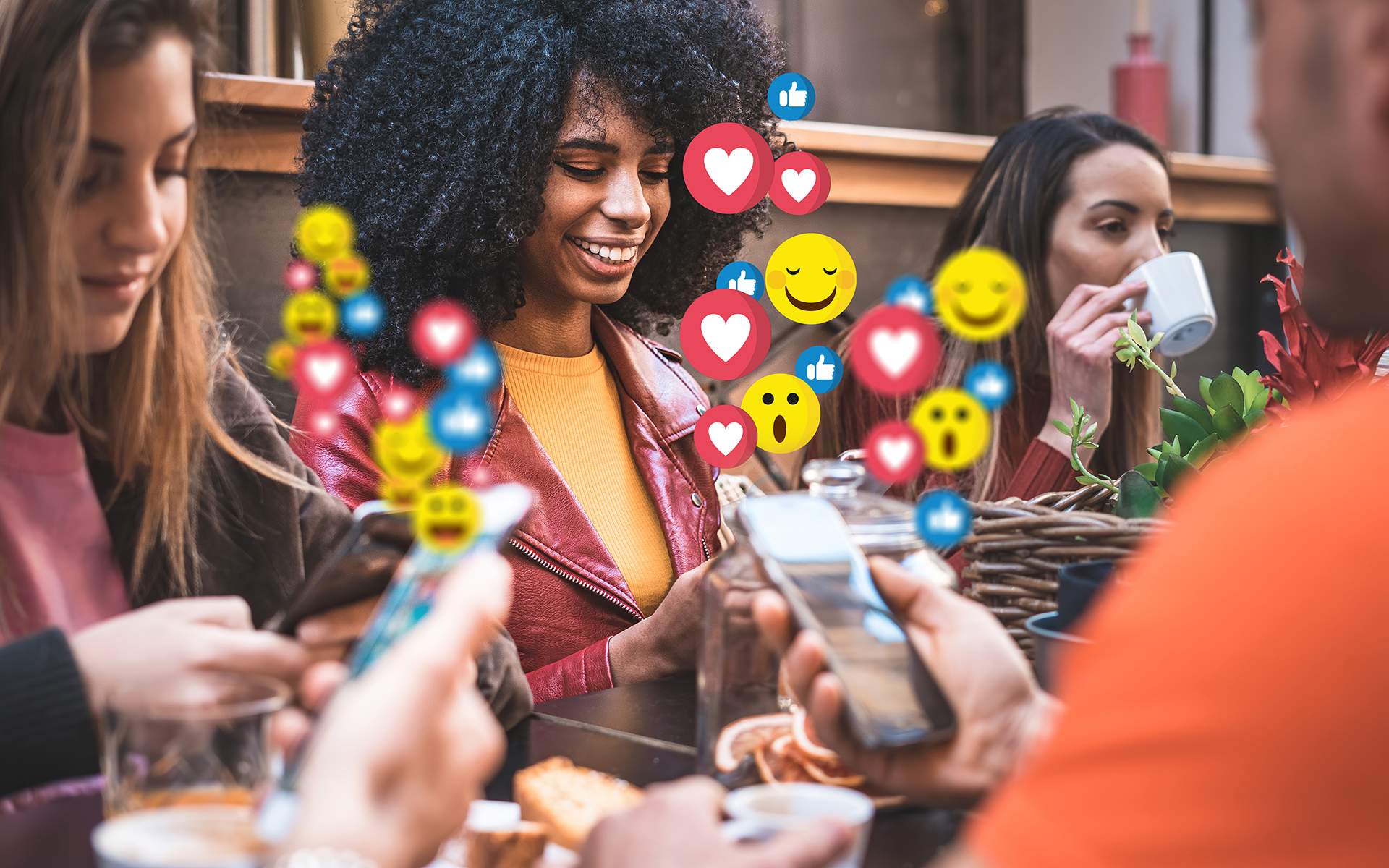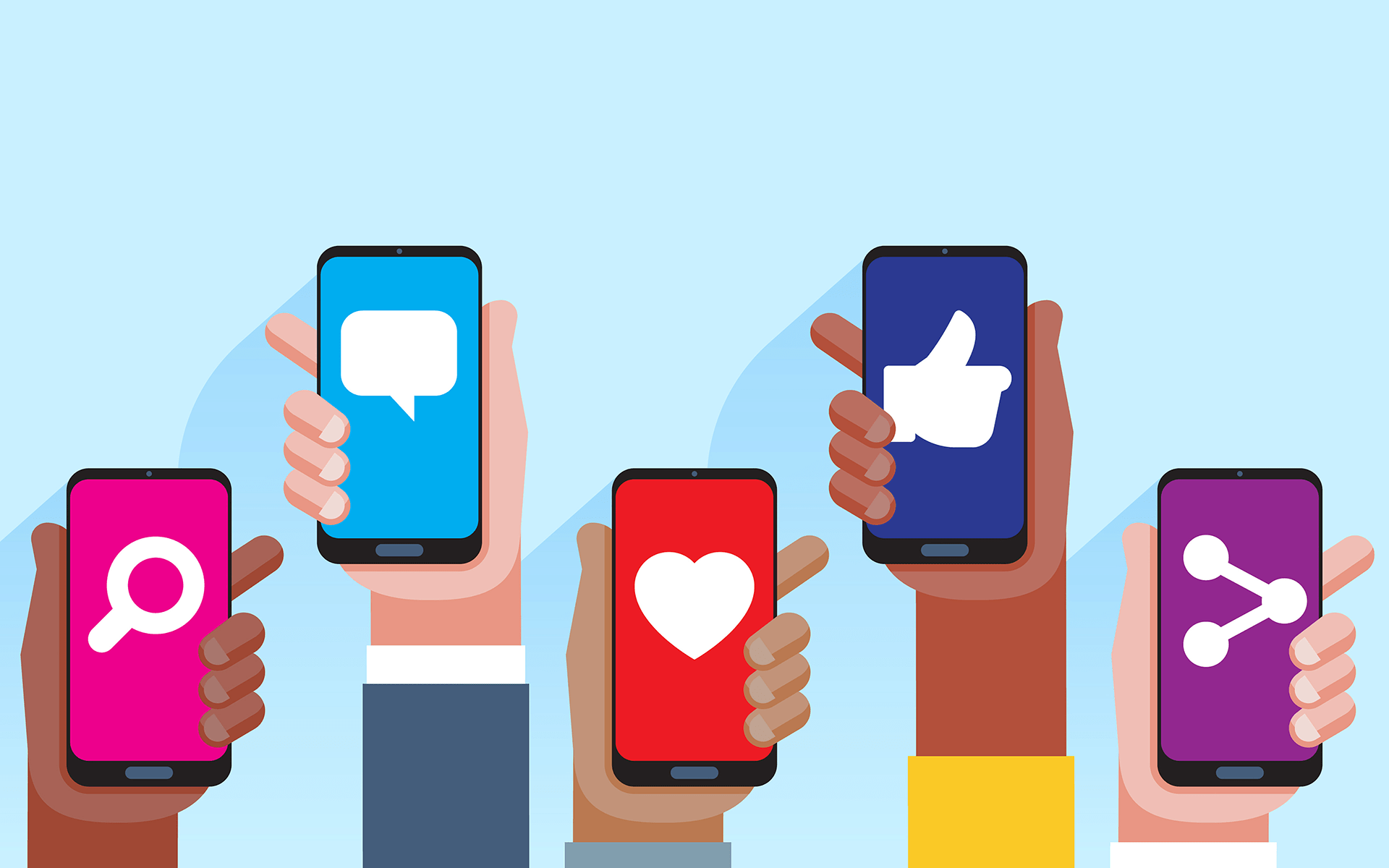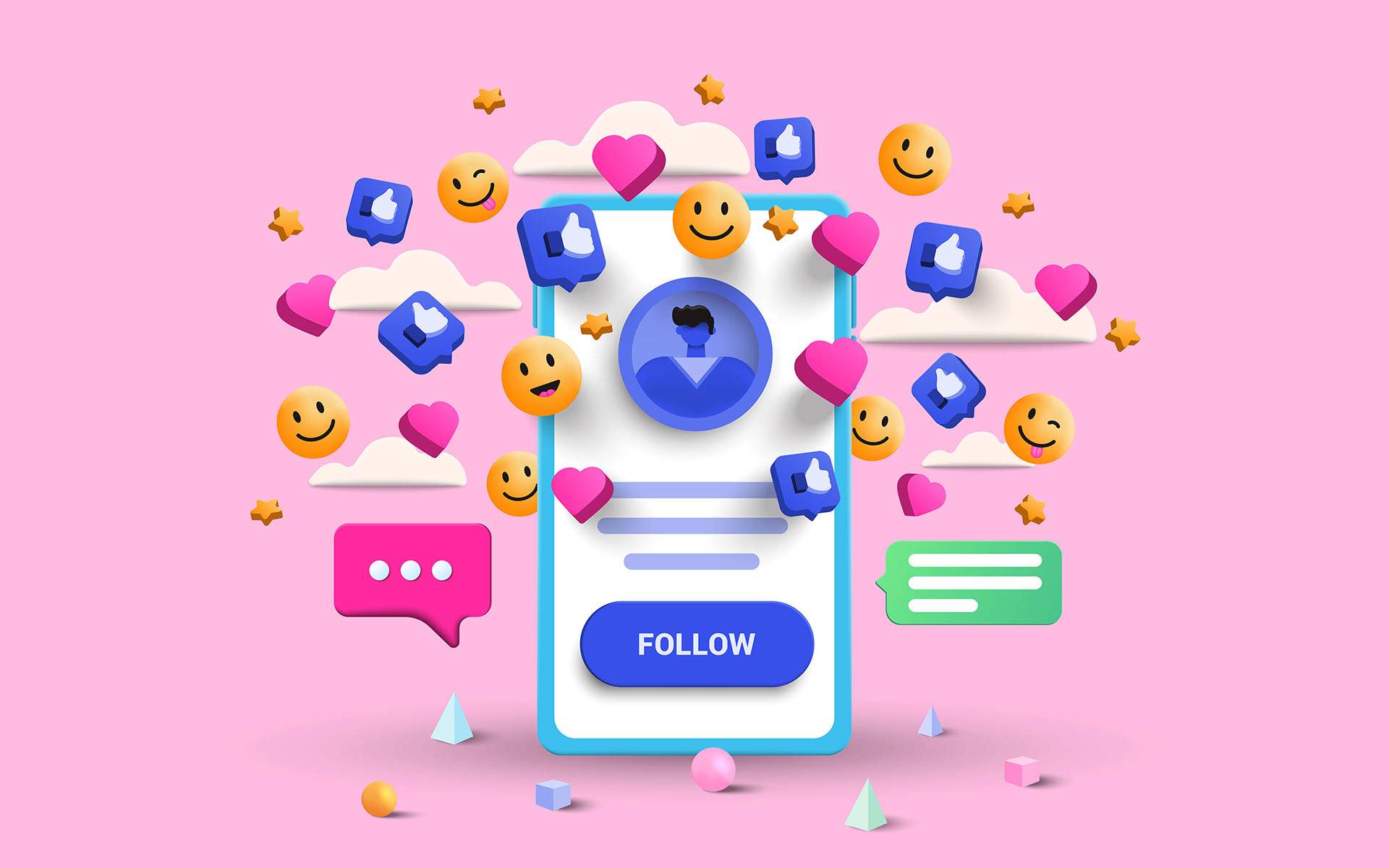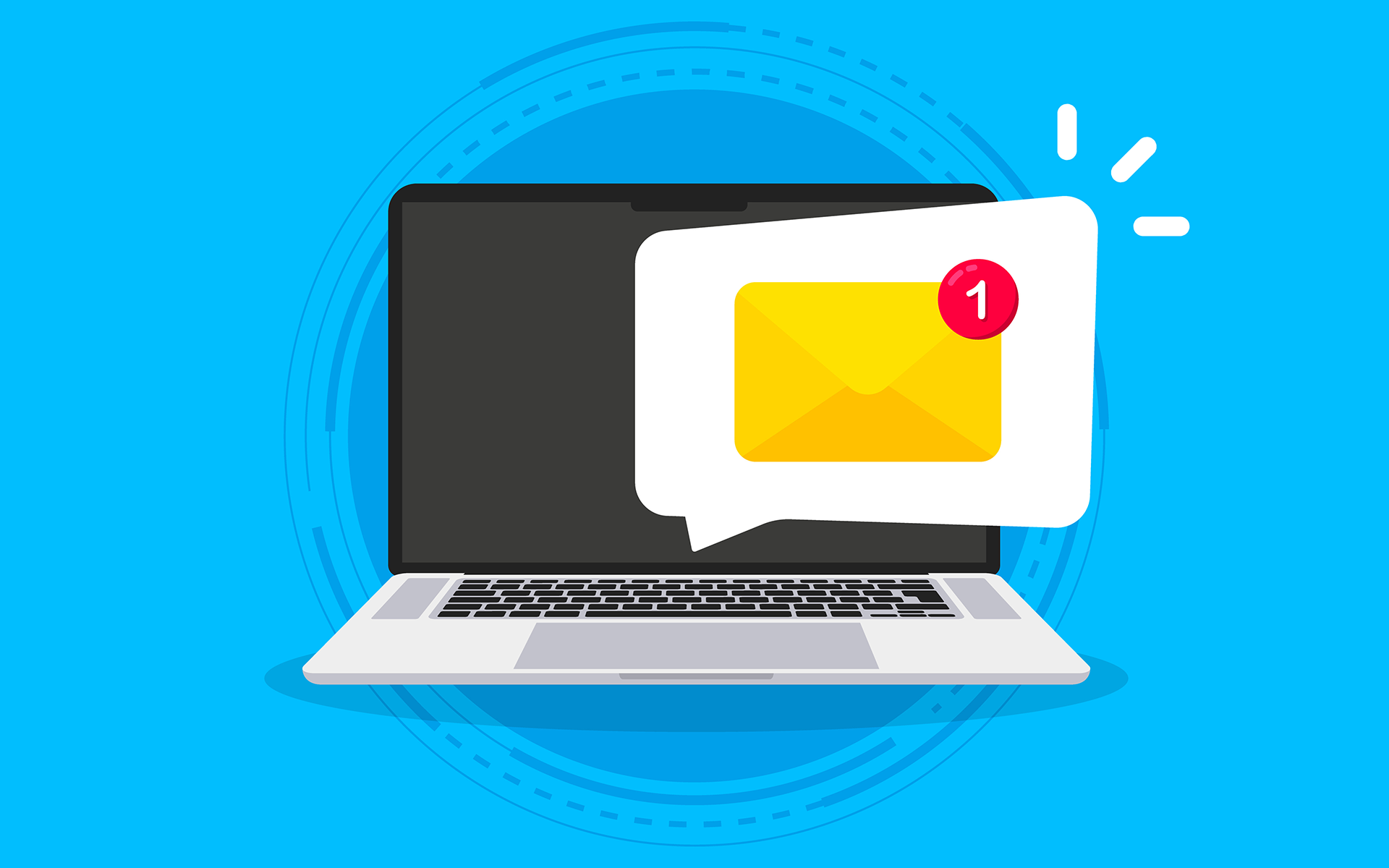You click out of Netflix after watching a whole season of a show, only to realize how late it is and that you have to go to work the next day. What happened to the time?
Many aspects of technology hijack our attention so that we become disconnected from the present moment. We can easily lose track of time and our surroundings. We might be caught up in habitual reactions rather than making time for thoughtful responses. We might communicate in ways that do not actually serve our basic human needs or those of others. We can start to have a sense of not being fully connected to our lives and the people in them. We can lose our connection to our bodies. We can lose ourselves.
Furthermore, many of us actually use technology to disconnect on purpose. Our phones and computers are easy portals to other worlds. Humans have an innate drive toward comfort and ease, and there’s nothing wrong with having some escape routes when things get too hard or overwhelming. But that drive toward ease may prevent us from doing the hard, messy (and necessary) work that it takes to turn toward what is uncomfortable.
A Healthy Tech Diet
I find the analogy of food useful when I’m thinking about what it means to use my technology in a healthy way. If you eat too much of any food for your body, whether it’s baby carrots or cake, you will feel like crap. But you can eat until you’re stuffed sometimes, and you can eat some junk food too, without totally obliterating your overall health.
One thing we know technology can do is rapidly fill our minds with content. Following the old adage “you are what you eat,” it is true that whatever we put into our minds is what we’ll think about. We need to be aware that what we feed our minds creates our mental landscape. Questions we can ask ourselves as part of this journey: What do I put into my mind? Is what I am putting into my mind feeding the kind of psyche I want to have?
Our minds need time to rest, digest, and decompress.
It’s not just the what, however, but how much. Just as we can overfill our bodies with food, we can overfill our minds with content. Our minds need time to rest, digest, and decompress. If we constantly consume content in every spare minute of our day, there’s very little opportunity for that rest-and-digest state. Aha! moments bubble up in those spaces. Big-picture ideas can weave together in those spaces.
Technology use has lots of nourishing aspects. We can easily connect to friends and family; we can learn about any topic we are interested in; we can create and share our talents, interests, and joys with others who feel similarly. Our lives can absolutely be enhanced through technology, if we make healthy choices. After all, it doesn’t just matter what you do in front of a screen, but what you do when you’re not in front of a screen.
Mindfulness and Tech Habits
A little neuroscience refresher can help us unpack the connection between mindfulness and habits. Neurons are cells in our brains that pass messages among themselves, across synapses, using neurochemicals. They shoot those messages out of a part of the neuron called an axon, which helps transmit electrical impulses from one cell to the next, and collect the messages with their dendrites (the protruding “arms” of a cell that receive information from other cells). With a repeated behavior or thought (a habit), the axons are myelinated, meaning a sheath forms around the axon, allowing the messages to travel faster and faster. We barely even notice some of the habits we’ve formed, because neurons that are wired together just take such good care of us and make sure it happens.
Now, imagine we want to do something new. Say I don’t want to check Instagram on my phone every time I feel even an inkling of boredom. The good news is that our brains can rewire through a process called neuroplasticity. Once we start noticing our impulse to reach for the phone, we can pause. What’s tricky is that the urge is going to be strong because our neurons are all myelinated up and are like, “Hey, this is what we do next! Let’s go!” Instead, we must consciously choose, for example, to take a breath in response to that urge. In making that new choice, we start down a new neural pathway. Over time (and, if this is a deep habit, this can really take time and repeated new choices), we can begin the process of rewiring.
Because our impulses and urges are often unconscious and quick, learning how to pay attention to the sensations in the body and thoughts in the mind can help us notice the stimulus to a reaction before we do anything. In the classic sci-fi movie The Matrix, the lead character famously dodges bullets because he is able to focus so completely that it seems as if time has slowed. With mindfulness, we can see the mental “bullet” coming and make a choice rather than just being hit by the impulse and reaction. If we regularly practice mindfulness and thus feel better in general—happier with ourselves, more grateful, more at ease—then the urge to change that state won’t be as strong. Our baseline is more chill.
The Craving Mind
While using mindfulness as an approach to supporting healthy tech habits is relatively new, strong research demonstrates how mindfulness can be used to break other habits. Judson Brewer, addiction expert, researcher, and author of The Craving Mind: From Cigarettes to Smartphones to Love—Why We Get Hooked and How We Can Break Bad Habits (2017), found that a mindfulness program was twice as effective as a gold-standard treatment program in helping people to quit smoking. Another colleague in the field, Jean Kristeller, found mindfulness to be an effective treatment option to help people who were struggling with binge eating.
In 2016, researchers Manuel Gámez-Guadix and Esther Calvete found that teens who self-reported greater mindful awareness preferred in-person interactions, didn’t use the internet to feel better as frequently, and didn’t have as many problems related to their internet use as other teens.
“Meditation and exercise helped me a lot, but the biggest thing that helped with the cravings was becoming aware of them.”
Cam Adair, former gamer and founder of Game Quitters
Even those who identify as being addicted to technology have used mindfulness to investigate their behavior. Cam Adair, former gamer and founder of Game Quitters, said:
Meditation and exercise helped me a lot, but the biggest thing that helped with the cravings was becoming aware of them. I started to feel the sensation in my body and recognize that it was controlling me. The more I craved it and didn’t feed the craving, the more it validated that I shouldn’t be gaming.
While this may be an extreme example, all of us have technology habits we can explore. All of us can benefit from cultivating kindness toward ourselves and our investigation. All of us can use support in doing this, knowing we are not alone. Begin your investigation into your own habits and consider discussing what you notice with friends or family.
At the end of the day, it’s up to you to decide what works for you and what doesn’t. Consider this a giant science experiment on yourself. What can you learn? What happens when you really start paying attention? Are there subtle shifts you can make to feel more alive in your life? More connected? Better rested? Less distracted? Less stressed? As my mindfulness teachers often say, don’t believe me. Don’t believe a single word I say. But do try it out. Do be honest with yourself. Do see what happens.
Excerpted from Attention Hijacked: Using Mindfulness to Reclaim Your Brain From Tech, by Erica B. Marcus. Text copyright © 2022 by Erica B. Marcus. Reprinted with the permission of Zest Books, a division of Lerner Publishing Group, Inc. All rights reserved. No part of this text excerpt may be used or reproduced in any manner whatsoever without the prior written permission of Lerner Publishing Group, Inc.
read more
How to Build Mindful Social Media Habits in the Age of TikTok—for You and Your Kids
How to approach doomscrolling, social media comparison, and addicting algorithms with mindfulness. Author and WholeSchool Mindfulness director Erica B. Marcus shares lessons she’s learned from teaching middle school and high school.
Read More
3 Mindful Apps for Genuine Connection
These new apps have wellness and inclusion woven into their development and aim to help us connect with others and with ourselves without sacrificing our privacy or principles.
Read More
Email Apnea Is Real. Here’s How to Breathe Better at Work
Not sure why you’re feeling stressed or anxious at work? One solution may be as simple as taking a deep breath.
Read More









